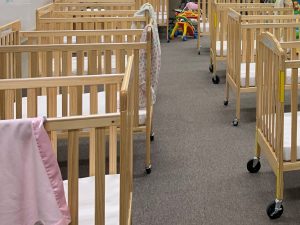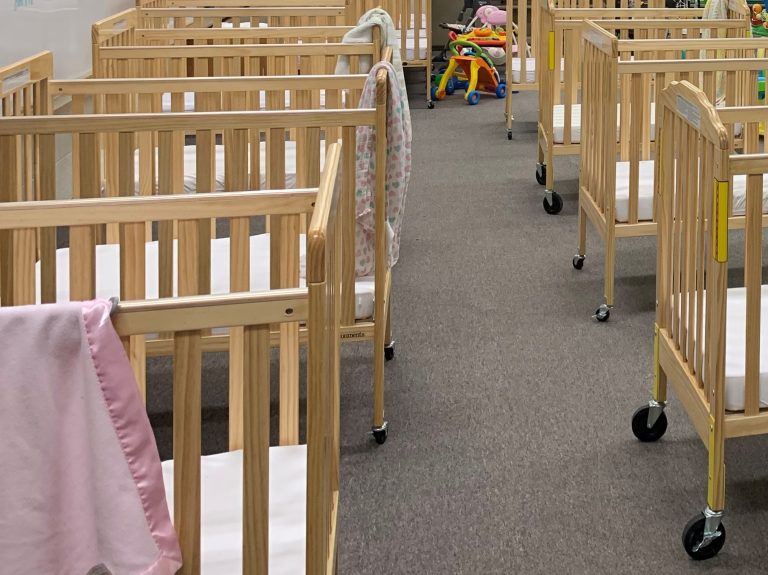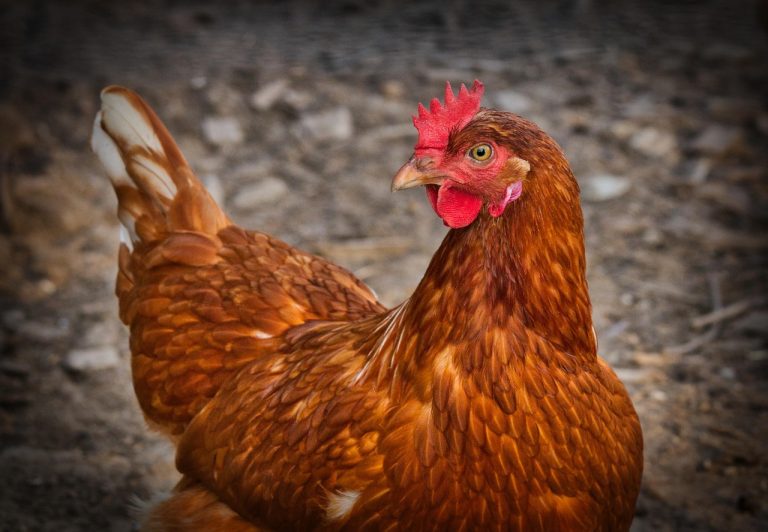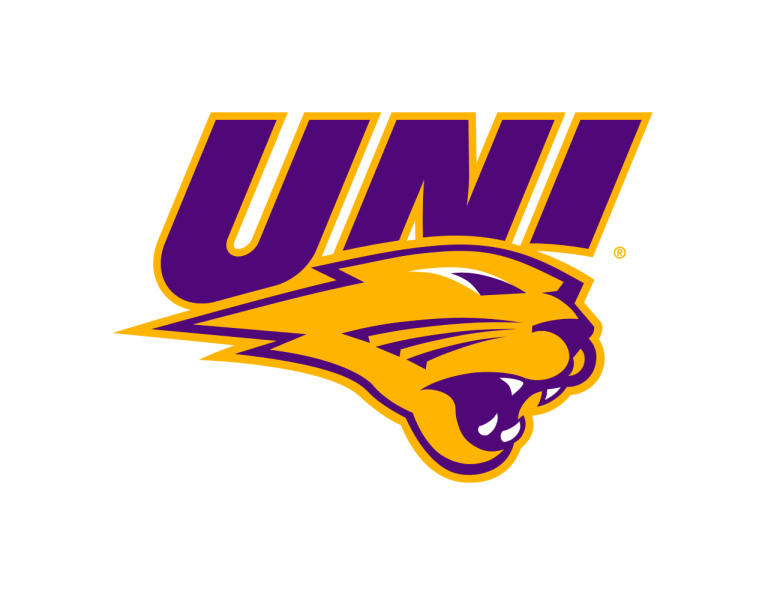Tea, South Dakota — The water system that is to bring Missouri River Aquifer water to our area is a couple more steps closer.
The Lewis & Clark Regional Water System’s Board of Directors has awarded three more construction contracts — two of them for work in our area. One is a $16.4 million contract to Eatherly Constructors of Leawood, KS for 17 miles of 16-inch diameter PVC pipe between Hull and Sheldon and the other is a $5,212,892 contract to West Branch Construction of Boyden for a pump station a few miles south of Hull and a meter building at Sheldon. Also approved at their recent meeting was a $4,471,900 contract to DN Tanks of Dallas for a one million gallon ground storage reservoir a few miles east of Madison, South Dakota.
Lewis & Clark Executive Director Troy Larson says that funding from the Bipartisan Infrastructure Law (BIL) will be used for all three projects. Lewis & Clark received a total of $75.5M in BIL funding for FY22 and is eligible to receive additional BIL funding in FY23 and FY24. Two pumps in the Hull pump station are part of the 44.19 million gallons a day (MGD) “base system,” which is often rounded to 44 or 45 MGD. The contract amount includes a $165,271 bid alternate for a third pump that represents the start of construction to expand the system to 60 MGD and will be paid for separately using non-federal funds.
Larson says that it is much less expensive to add the third pump now instead of a separate contract later. Other expansion-related contracts will be awarded later this year. He says that the drought the last few years has made it “abundantly clear we need to get started now on the expansion.”
He says their current goal, which is subject to change, is to have the expansion completed by the end of 2030. Lewis & Clark officials tell us they need to award six more contracts in order to complete the construction of the base system. Depending on federal funding levels it is expected the last of those base system contracts will be awarded by the summer of 2023. The goal is to have all 20 members connected by early 2025, according to Larson.











